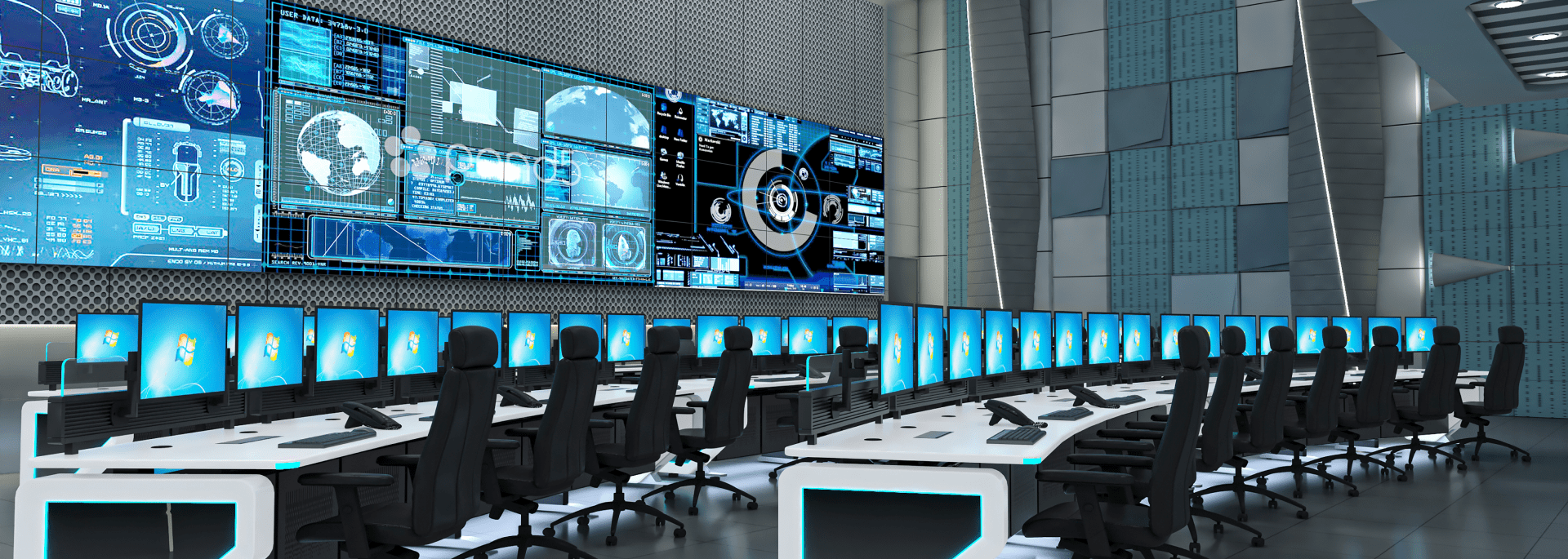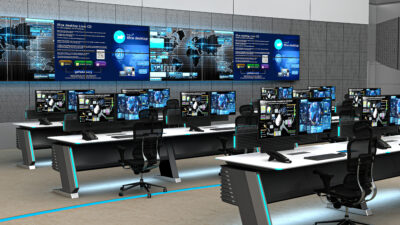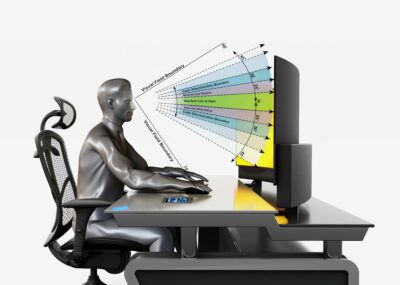
Why Control Room Console Matters for Operational Efficiency in Surveillance & Security Sectors
The heart of any surveillance or security operation is the control room. It’s the nerve center where critical decisions are made, threats are assessed, and actions are initiated. The efficiency of this space directly impacts the overall performance of the entire operation. A well-designed control room is not just about aesthetics; it’s a strategic investment in operational efficiency, operator comfort, and overall mission success.
The Importance of Control Room Design
The control room design is the blueprint for operational efficiency. It dictates how operators interact with technology, collaborate with colleagues, and respond to incidents. A well-thought-out design optimizes workflow, reduces errors, and enhances decision-making. Key elements of effective control room design include:
- Functionality: The layout should prioritize task-oriented zones, ensuring easy access to equipment and information.
- Ergonomics: Operator comfort is paramount. Adjustable workstations, proper lighting, and noise reduction are essential.
- Flexibility: The design should accommodate future technological advancements and changes in operational requirements.
- Security: The control room should be physically secure, with access control and surveillance systems in place.
The Role of Control Room Layout
The control room layout determines the flow of information and personnel. A logical arrangement of workstations, displays, and equipment is crucial for efficient operations. Consider the following factors when planning the layout:
- Operator Workflow: Analyze the tasks performed by operators and design the layout to support their workflow.
- Display Placement: Optimize the placement of monitors for optimal viewing angles and reduced eye strain.
- Cable Management: Implement a clean and organized cable management system to prevent clutter and hazards.
- Collaboration Areas: Provide designated spaces for team collaboration and communication.
The Impact of Control Room Furniture
The right control room furniture is essential for operator comfort and productivity. Ergonomic workstations, adjustable chairs, and ample workspace are key components of a well-equipped control room. Consider these factors when selecting furniture:
- Adjustability: Furniture should be adjustable to accommodate different body types and preferences.
- Comfort: Chairs should provide adequate support and prevent fatigue.
- Durability: The furniture should be built to withstand the demands of a 24/7 operation.
- Aesthetics: The furniture should complement the overall design of the control room and create a professional atmosphere.
The Significance of Control Room Ergonomics
Control room ergonomics focuses on creating a workspace that promotes physical and mental well-being. By addressing factors such as lighting, noise, temperature, and workstation design, organizations can significantly improve operator performance and reduce errors. Key ergonomic considerations include:
- Lighting: Use adjustable lighting to prevent glare and eye strain.
- Noise Control: Implement soundproofing measures to reduce distractions.
- Temperature Control: Maintain a comfortable temperature to optimize cognitive function.
- Workstation Design: Ensure workstations are adjustable and provide adequate space for equipment.
Case Studies: Control Room Excellence in Action
To illustrate the impact of a well-designed control room, let’s explore some real-world examples:
- Monitoring Center: A 24/7 monitoring center for a large city implemented a new control room design that improved response times by 15% through optimized workflow and ergonomic workstations.
- Security Operations Center: A financial institution enhanced its security posture by investing in advanced display technology and ergonomic seating, resulting in a 20% increase in threat detection efficiency.
- Network Operations Center: A telecommunications provider streamlined network management processes by adopting a modular control room design that facilitated collaboration and problem-solving.
- Surveillance Center: A retail chain reduced false alarms by 30% through improved video analytics integration and operator-friendly workstations.
FAQs
Q1: What is the most important factor in control room design?
A: The most important factor is functionality. The design should support the primary tasks performed in the control room and optimize workflow.
Q2: How often should control rooms be redesigned?
A: Control rooms should be evaluated for redesign every 3-5 years to accommodate technological advancements and changing operational requirements.
Q3: What is the role of lighting in control room ergonomics?
A: Proper lighting is crucial for preventing eye strain and fatigue. Adjustable lighting allows operators to customize the light level to their preference.
Q4: How can I improve collaboration in my control room?
A: Designate collaboration areas, provide large-format displays for shared information, and implement communication tools that facilitate teamwork.
Q5: What is the return on investment (ROI) of a well-designed control room?
A: A well-designed control room can lead to increased operational efficiency, reduced errors, improved decision-making, and enhanced employee satisfaction, all of which contribute to a positive ROI.
By prioritizing control room design, layout, furniture, and ergonomics, organizations in the surveillance and security sectors can create environments that empower operators, optimize performance, and ultimately safeguard their assets and personnel.





No Comments